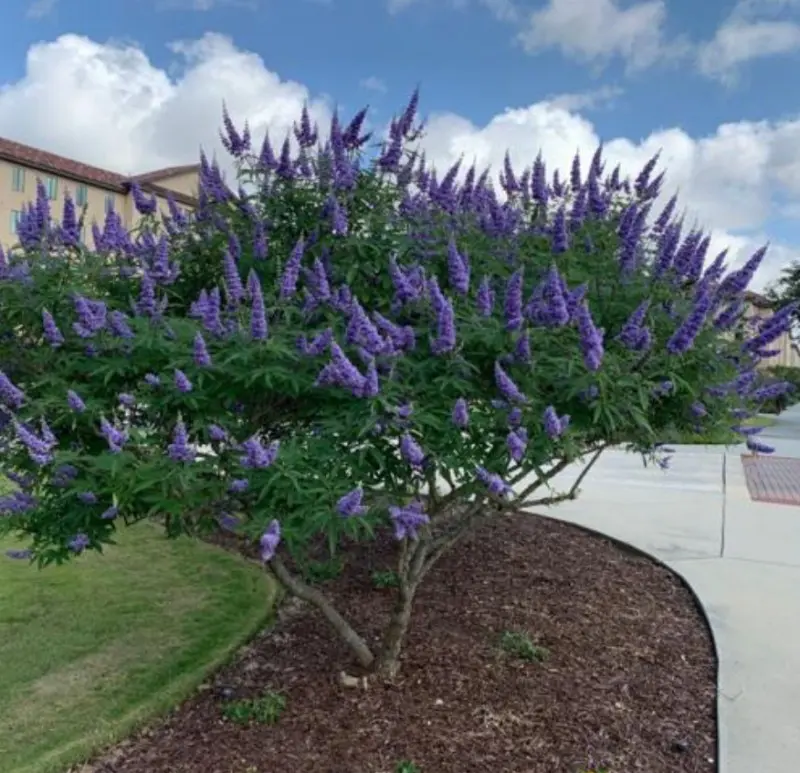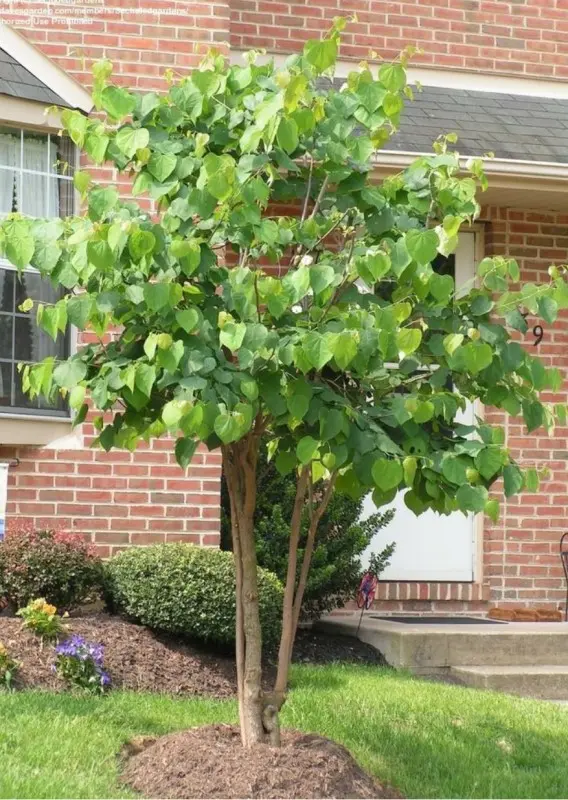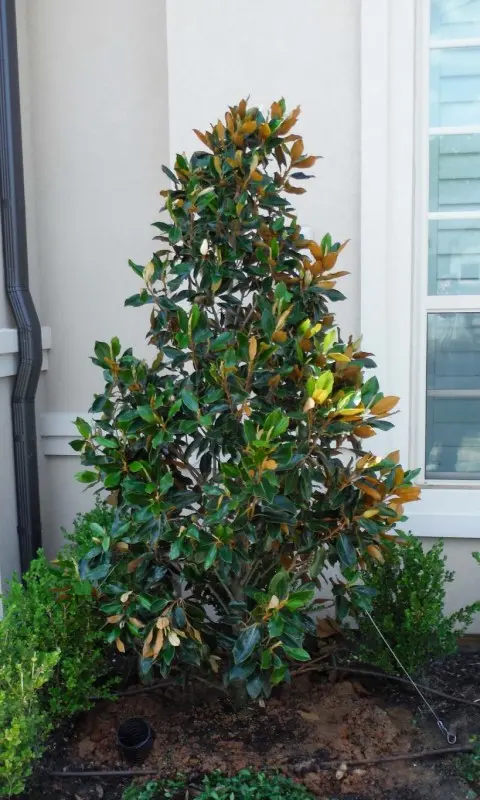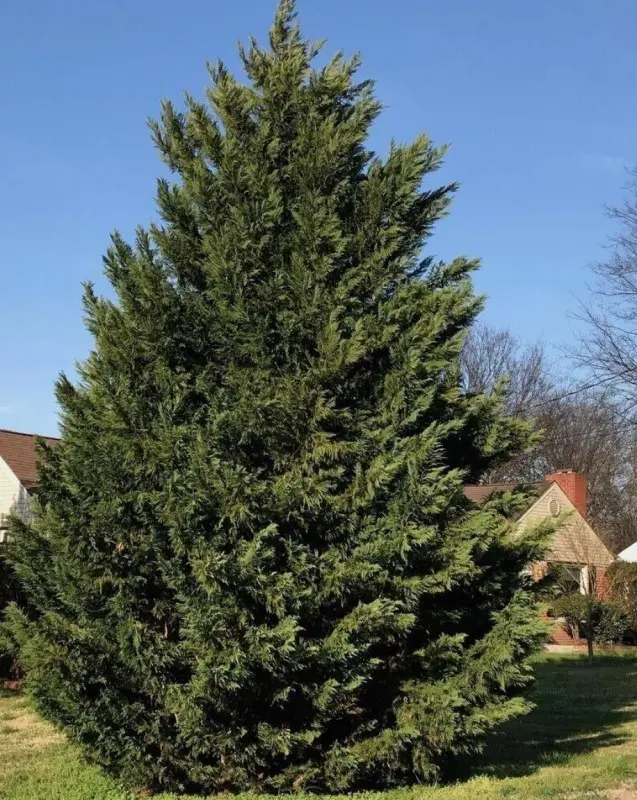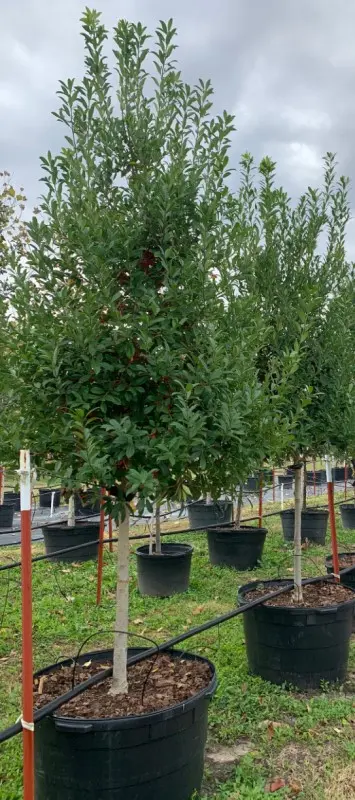Description
Purple Vitex (Vitex agnus-castus), also known as Chaste Tree or Texas Lilac, is a fast-growing deciduous shrub or small tree prized for its spiked clusters of fragrant purple flowers. Blooming from late spring through summer, these showy, lavender-to-deep-purple flowers attract pollinators like butterflies, bees, and hummingbirds, bringing life and color to the landscape. The long, slender flower spikes create a lilac-like appearance, which is why Vitex is often called “Texas Lilac” in southern regions.
Purple Vitex typically reaches a height of 10 to 20 feet with a similar spread, making it a great choice for a flowering tree or large shrub in the garden. It has a naturally vase-like shape with aromatic, gray-green, palmate leaves that add texture and contrast to the landscape. Hardy in USDA zones 6-9, Purple Vitex thrives in full sun and well-draining soil and is highly drought-tolerant once established, making it well-suited to hot and dry climates.
This low-maintenance plant benefits from occasional pruning in late winter to remove deadwood and encourage a bushier shape or control its size. Deadheading spent flowers can also extend its blooming period. Purple Vitex is deer-resistant, generally pest-free, and adaptable to various soil conditions, making it ideal for low-water or xeriscape gardens.
With its showy purple blooms, fragrant foliage, and tolerance to heat and drought, Purple Vitex adds a bold, Mediterranean feel to the garden and works beautifully as a specimen plant, hedge, or mixed border addition.

